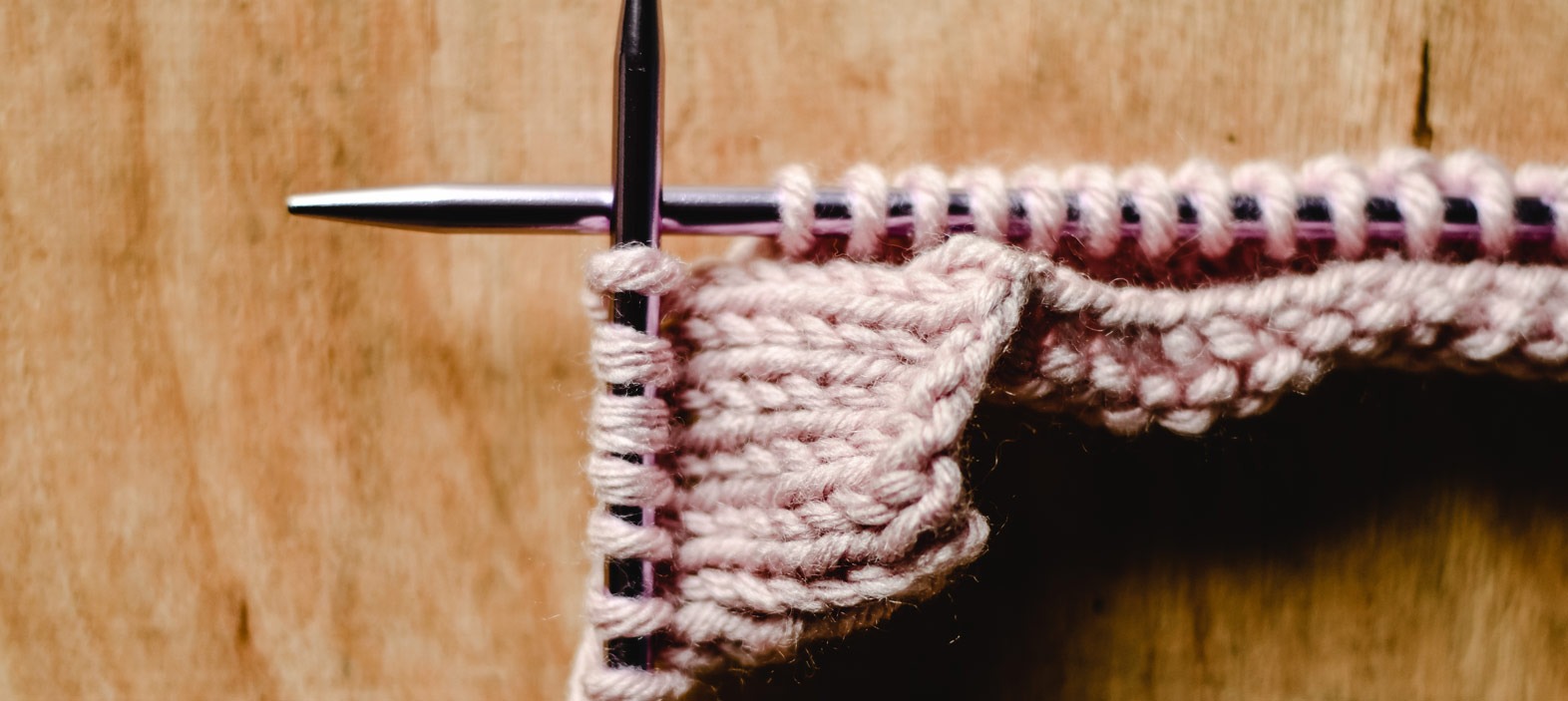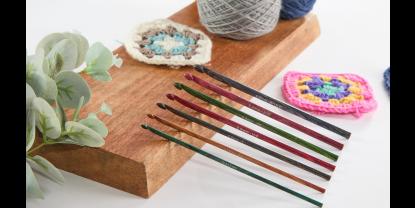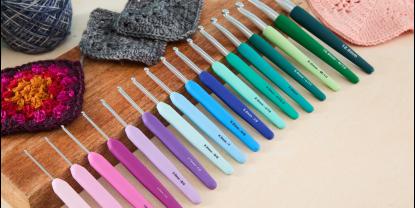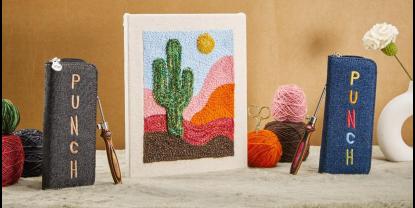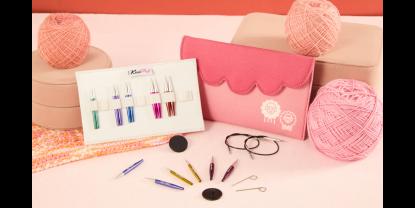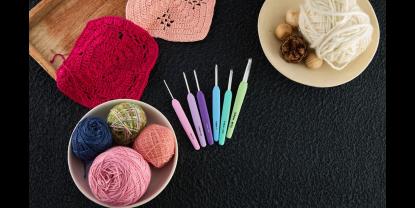Portuguese knitting is one of the oldest forms of the yarn-craft that require just your regular knitting needles and yarn. The unique knitting style was not even born in Portugal but came from the Persian world, where knitting was invented around 700 CE. As the Portuguese traders brought the knitting style to South America, it became to be known as Portuguese knitting.
Though a popular style in the olden days, only a handful of knitters kept the tradition alive. Now, with old knitting techniques resurfacing, the Portuguese knitting style is being rediscovered for its many advantages. It is easy, fast and works perfectly well for stranded color knitting. It is said to be a good choice for knitters with joint pains and arthritis. Also, it is believed to be a great option for blind or visually impaired people. The knitting style requires little maneuvering of the hands to form the stitches and the working yarn stays put and is found easily at all times.
In this blog, let’s walk you through the Portuguese knitting style and learn to knit easily and faster with the method.

What is Portuguese Knitting exactly?
The Portuguese knitting style is different in its technique of tensioning the yarn. Unlike any other style, the yarn is held around the neck via a knitting pin on the left shoulder. While you hold the fixed circular, interchangeable circular, or double-pointed knitting needles in the same as in English or Continental knitting, the working yarn comes from the left-hand needle. You hold the yarn in the right hand around your middle finger. In comparison to other styles, the knitting action, i.e., the yarn over and pulling the loop through the stitch takes place in front of your knitting needles. The knitting happens in fast and easy movements without stressing out the finger tendons and wrists.
While a secret trick is the Portuguese knitting pin (which looks like a mixture between an earring and a safety pin). You pin it on your left shoulder and secure the yarn. The pin regulates the yarn while keeping distance from your body position creating sufficient tension to execute your knit or purl stitches. Though the yarn tension feels awkward in the long run it is a much more comfortable way of knitting. In fact, it is one of the tips to knit faster and smoother.
How to Knit the Portuguese Style
Knitting in Portuguese style is similar to English or Continental. All you need to do is tension the yarn with a knitting pin. Knitters love their knitting accessories and find themselves reaching out to them for all projects. Similarly, a Portuguese-style knitter would love to have a proper knitting pin with them. You can also go ahead without the pin by tensioning the yarn around the neck. Here you have to make sure that the yarn flows and is available to make stitches.
You start by casting stitches on any knitting needle of the size mentioned in your yarn label or knitting pattern. Insert the right-hand needle tip under the yarn first, inserting the needle to knit just like you would in Continental knitting. Instead of inserting it behind your work, do it in front of your left-hand needle. With your left thumb wrap the yarn around and then move the right needle so that the stitch is moved towards you. Similarly, purl stitches are made. In Portuguese knitting, you will see purl stitches fly much smoother and with less effort. With the basic knit and purl stitches, you can easily advance with complex stitch patterns and techniques.
Binding off in the Portuguese style is slightly different compared to other knitting styles. To bind off, the trick is to purl two stitches together. When you end up with one stitch on the right-hand needle, you just slip that stitch to your left needle and cast-off.
While you can knit anything with Portuguese style, circular knitting on double-pointed needles as well as circular needles are particularly easy. The garter stitch in circular knits looks and stitches up rather wonderfully.
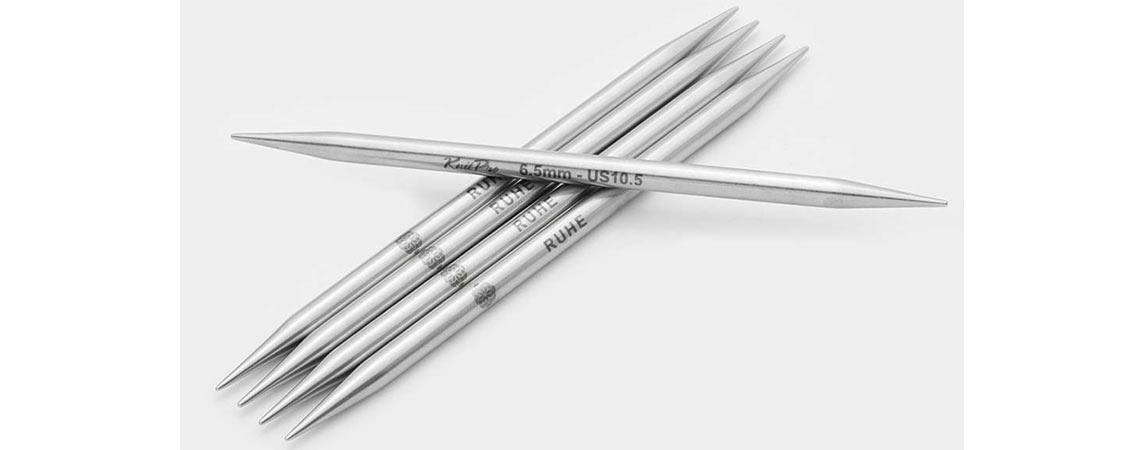
Three reasons why you should try Portuguese knitting
1. It makes stranded colorwork easier as the knitting pins keep the yarn strands from tangling while you work. The tensioning method can very well work on two yarns. You can use a knitting pin to manage two yarns separately or thread it around your neck.
2. It’s great for knitters with pain and problems in the hand and wrists as it involves very small movements, including a flicking motion with your thumb. While many knitters do hold a grudge against the purl stitch, in Portuguese style you would find the stitches fly that too very smoothly.
3. It helps give an even tension. With the yarn around your neck combined with the motions of Portuguese-style knitting, you have an even tension on the working yarn at all times.
Things to be aware of
While Portuguese knitting has plenty of benefits, it also has a few things you should look out for.
- The yarn might feel awkward wrapped around your neck or even attached to a pin on your shirt, so you need a while to adjust. You can of course do without the pin too but need to practice.
- Increases and decreases are different in the Portuguese knitting style. Knitting increases works in many ways, with the most common method being knitting the same stitch twice and yarn overs. Similarly decrease works in many ways with the most common method by k2tog (knit two stitches together) or ssk (slip, slip and knit).
- Portuguese-style knitting creates tighter stitches, which is great for those knitters who tend to knit too loosely. However, tight-knitters might have issues with getting the right gauge so adjust your needle sizes or try out materials such as stainless steel or metals.
Try this ancient knitting technique and enjoy its promised benefits. With the Mindful Collection, you can easily try out the knitting style. In fact, many of the shortcomings of the Portuguese knitting style can be overcome with stainless steel knitting needles. The pointy tips and the smooth surfaces get your knitting flowing even if you are a tight knitter. An additional blessing for knitters is the inspirational words imprinted on its needle tip that keep them motivated and not overwhelmed by the challenges.
Happy knitting!


